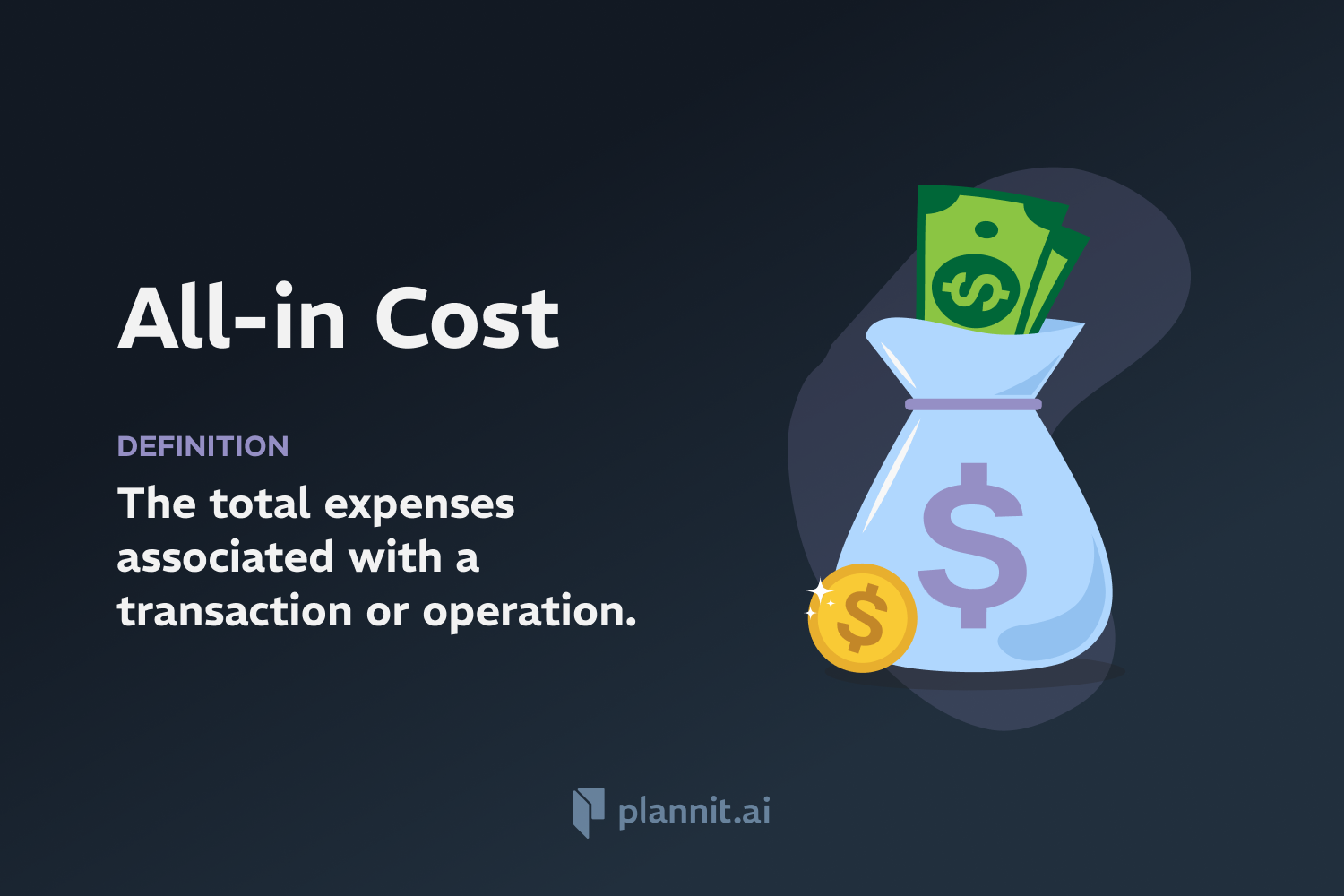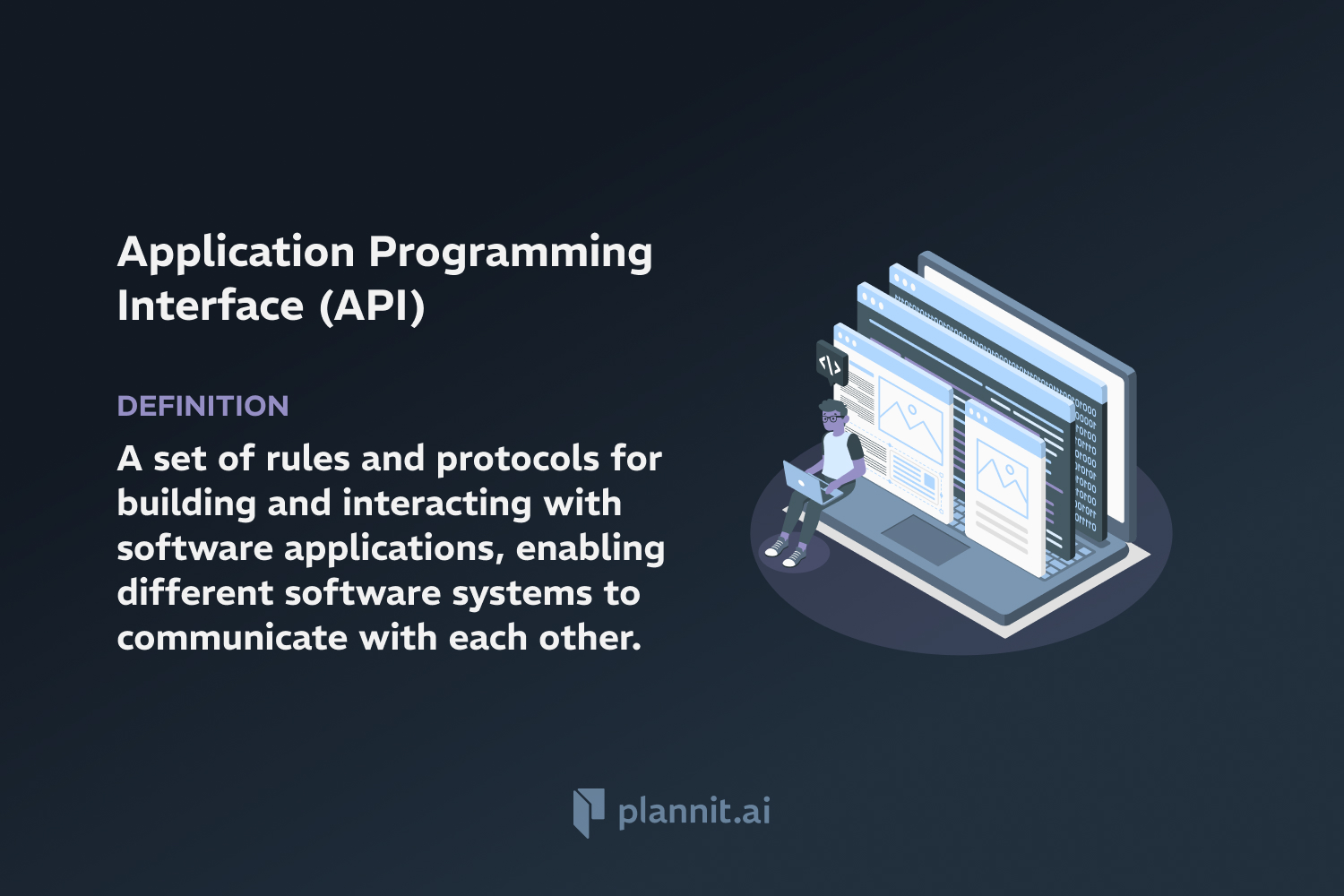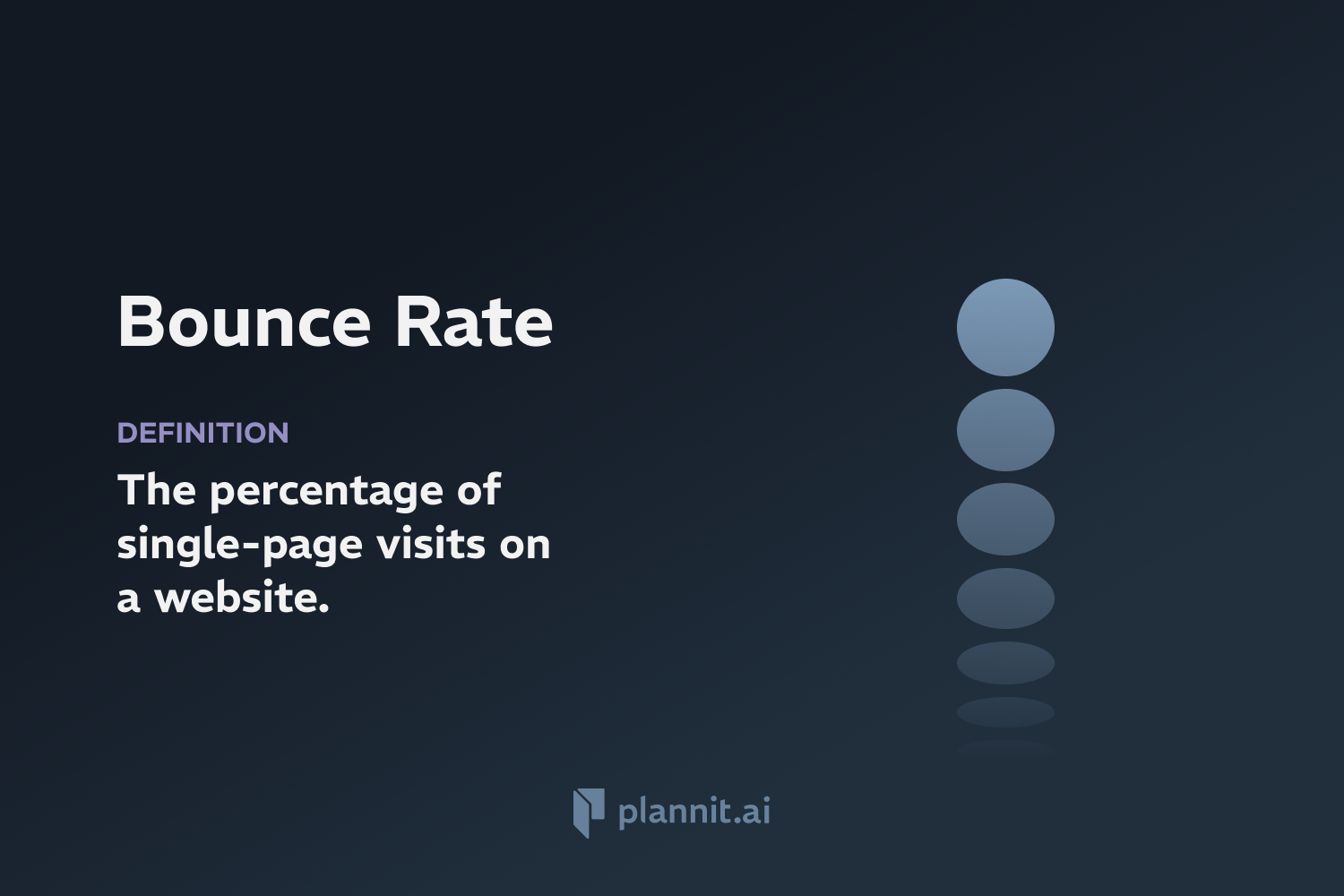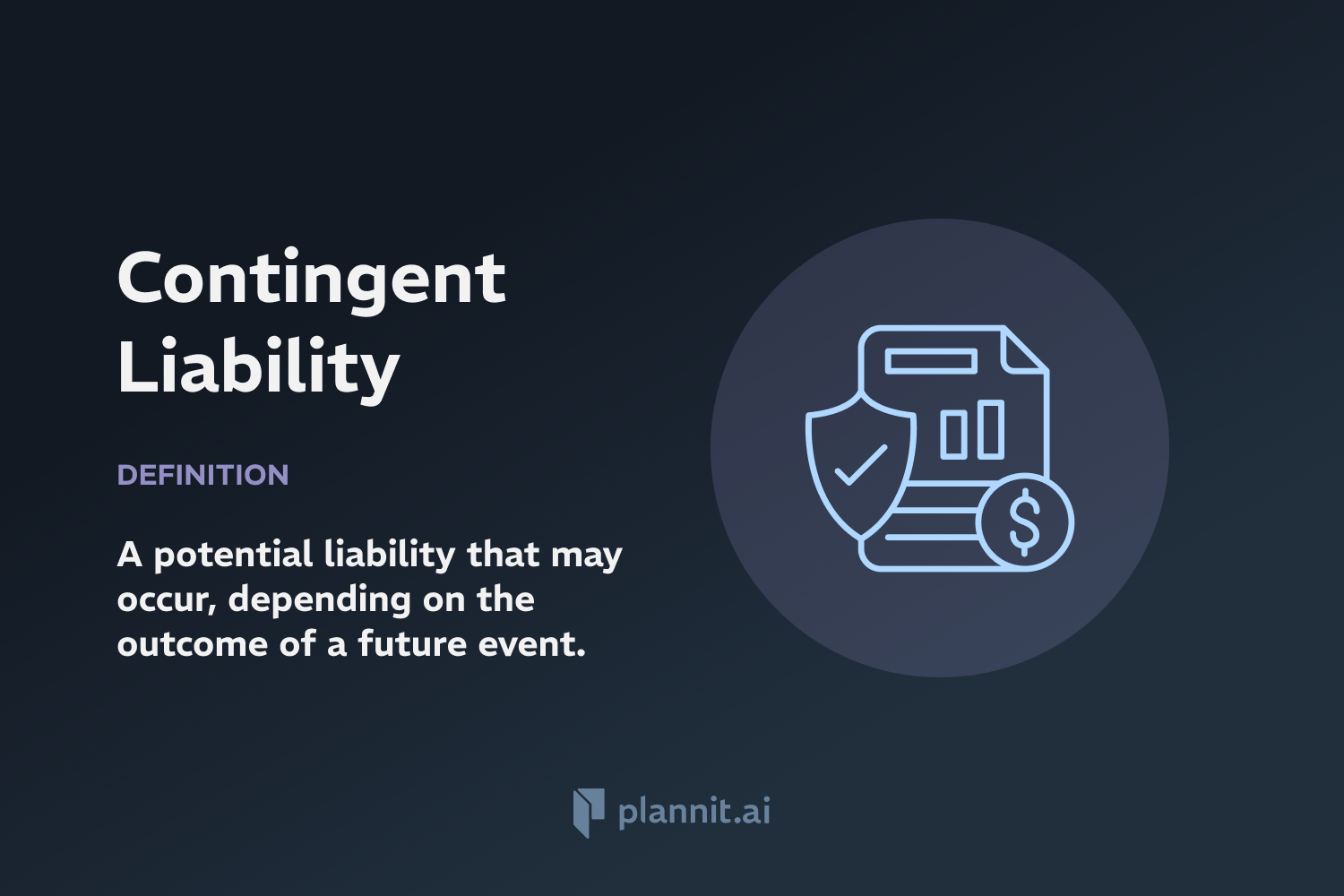Need Help With Your Business Plan?
Answer tailored questions and get a detailed business plan in minutes.
All-in Cost: Definition & In-Depth Explanation

All-in cost refers to the total expenses associated with completing a transaction, project, or obtaining a loan, inclusive of all direct and indirect costs. This term is commonly used in finance, banking, project management, and construction. It gives a comprehensive view of the financial implications of a decision, encompassing not just the obvious expenses but also the hidden or less apparent costs. This concept is crucial for accurate budgeting, financial planning, and cost management.
Purpose:
The purpose of calculating the all-in cost is to provide businesses and individuals with a clear understanding of the total financial commitment required for a particular activity or investment. This calculation helps in making more informed decisions by comparing the full costs of different options. It ensures that there are no surprises down the line and aids in evaluating the true return on investment or the total cost of ownership.
Example:
A company is considering purchasing new software. The sticker price of the software is $10,000. However, the all-in cost includes not just the purchase price, but also the costs of implementation, training employees to use the software, ongoing support and maintenance fees, and any hardware upgrades required to run the software efficiently. If these additional expenses bring the total to $15,000, that is the all-in cost of the software purchase.
Related Terms:
Direct Costs: Costs that can be directly attributed to the production of a product or service, such as materials and labor.
Indirect Costs: Costs that are not directly attributable to a specific product or service but are necessary for the business, such as utilities and administrative expenses.
Total Cost of Ownership (TCO): An estimation of the expenses associated with purchasing, deploying, using, and retiring a product or piece of equipment.
CapEx (Capital Expenditures): Funds used by a company to acquire or upgrade physical assets such as property, industrial buildings, or equipment.
OpEx (Operating Expenses): The ongoing costs for running a product, business, or system.
FAQs:
How do you calculate the all-in cost of a project?
To calculate the all-in cost, sum up all direct costs, indirect costs, and any other expenses that will be incurred throughout the life cycle of the project or investment.
Why is the all-in cost important in financial decision-making?
Understanding the all-in cost is essential for accurate budgeting, avoiding unexpected expenses, and ensuring that a project or investment is financially viable.
Can the all-in cost change over time?
Yes, the all-in cost can change due to factors like scope creep, inflation, or unexpected expenses, highlighting the importance of contingency planning in budgeting.
Is the all-in cost the same as the total cost of ownership?
While closely related, the total cost of ownership often focuses more on the costs of owning and operating a product over its lifespan, whereas the all-in cost may refer to the total expenses of a specific transaction or project from start to finish.
How can businesses minimize their all-in costs?
Businesses can minimize their all-in costs by thorough planning, seeking competitive bids, efficient project management, and negotiating favorable terms with suppliers and contractors.
Get funding with a business plan that will impress investors.
Starting a New Business?



